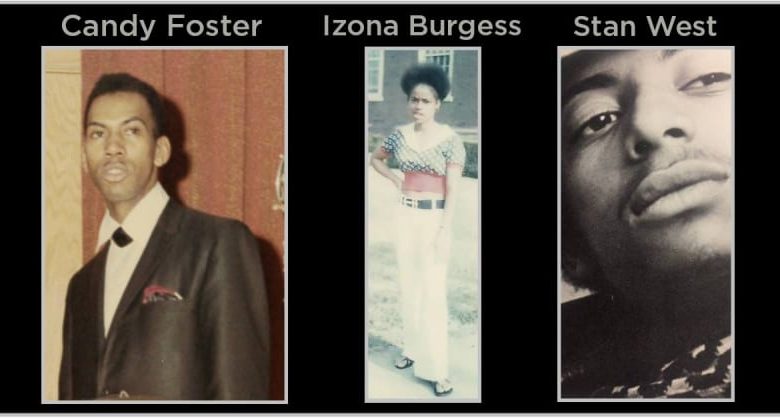Civil Rights Panel to talk about Champaign County during 1968

Candy Foster is known throughout East Central Illinois for his velvet voice, contagious smile and his ability to get people out of their seats and onto the dance floor.
But what many of his followers may not know is that he played a local role in the civil rights movement during the Vietnam War.
“He entertained the troops,” Museum of the Grand Prairie Education Programs Specialist Katie Snyder said. “They were so appreciative to have some rhythm and blues music.”
The Museum of the Grand Prairie will give the Champaign County communities an opportunity to hear Foster’s story during the Museum’s 1968 Exhibit Speaker Series: “Civil Rights In Champaign County” on Feb. 10 from 2 to 4 p.m.
Foster will be joined by panelists Izona Burgess and Stan West, who came to the University of Illinois under Project 500 in the late 1960s. Burgess went on to become a well-respected educator in the Unit 4 School District and West went on to become an international journalist and author.
Funded by taxpayer dollars, the Champaign County Forest Preserve District and the Museum of the Grand Prairie believe programs that showcase the history of the United States through local stories, will give constituents a better perspective on where people have been in hopes they may gain some insight into where communities are headed.
“The fight for civil rights has taken place with the everyday American,” Snyder said. “That’s who you are, that’s who I am, that’s who we all are.”
While the Museum paused to educate the Champaign County community about Martin Luther King Jr. on Jan. 21, the February 1968 Speaker Series seeks to highlight those everyday Americans who helped produce forward movement in the civil rights cause during their lifetimes.
“These (local) figures in history are just as important as other major figures in history,” Public Program and Visitor Services Coordinator Pat Cain said.
At the panel on Feb. 10, Cain will ask the guests questions about their experiences and work before opening questions up to the floor. Through sharing the local stories, the museum staff hopes people realize the events that led to equal rights aren’t too far away in time or location.
“People think that these historical issues or events in the civil rights movement were taking place in big cities out East or in Memphis or in big cities out West, but with programs like these, we let people know that this wasn’t happening all around the nation, it was happening right here at home, too,” Cain said.
“Just like everything in history, nothing is held in a vacuum,” Snyder said.
“It’s so cool in my mind that there are people who are alive that can tell the stories of a really important time,” Snyder continued. “We always talk about how we can’t go talk to Abraham Lincoln’s friends to see who he was, but ‘68 isn’t that long ago. And we want to take advantage of being able to hear the stories of elders who can talk about a really historic time in our country.”
The 1968 exhibit located inside the Museum of the Grand Prairie also features civil rights stories about unspoken Jim Crow laws in Champaign County, housing changes due to government funding in the early 1970s and the University of Illinois’ Project 500.
Exhibits feature stories of prominent local African American figures who succeeded in their personal lives, opening up boundaries for those who followed.
As part of Project 500, an initiative to increase the diversity on the University of Illinois campus, Terry Hite David came to Central Illinois. After playing volleyball for the university, receiving a bachelor’s degree in physical education and a master’s degree, David became the first African American Head Coach at the University of Illinois.
The exhibit also tells the story of Tommie Smith and John Carlos who protested in support of equal rights on the podium of the 1968 Summer Olympics.
Snyder said students who visited the Museum this week enjoyed finding the athletes on their scavenger hunt.
“It’s interesting how a lot of things from ’68, young people can connect with what’s going on in 2019,” Snyder said.
The Grand Prairie Stories Exhibit features a story of George Smith, an enslaved man, who escaped and became a Civil War soldier. His descendants were some of the first graduates at the University of Illinois.
“With almost everything we do, whether it’s exhibits or programs, to get these stories out there and told,” Cain said. “It’s important to have people enjoy these stories and to explore them further.”




